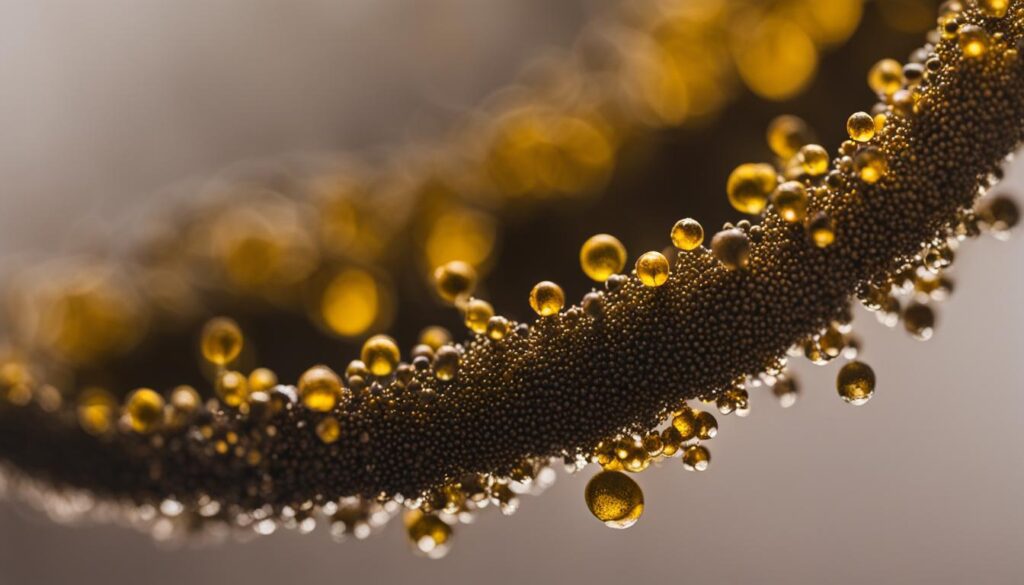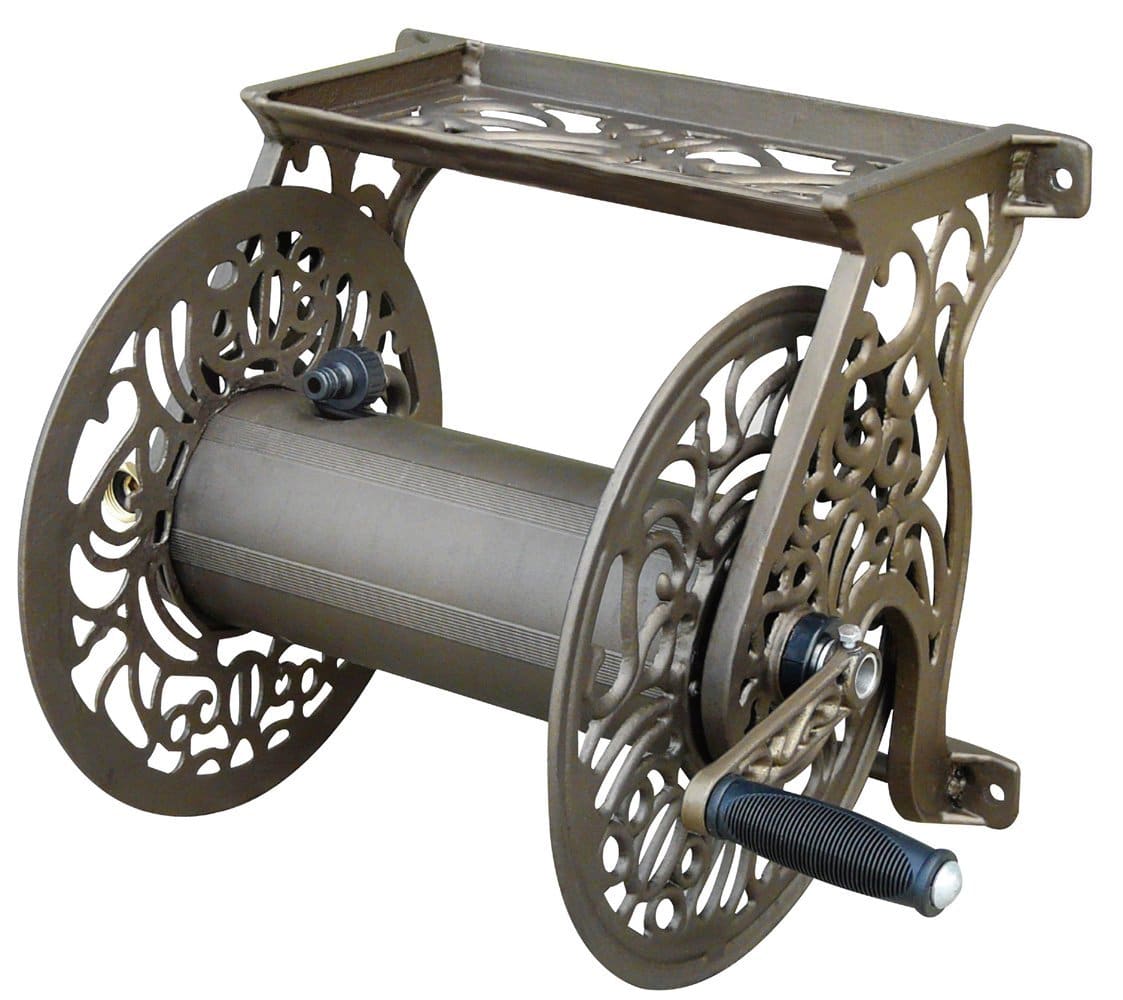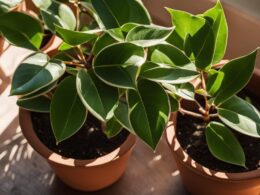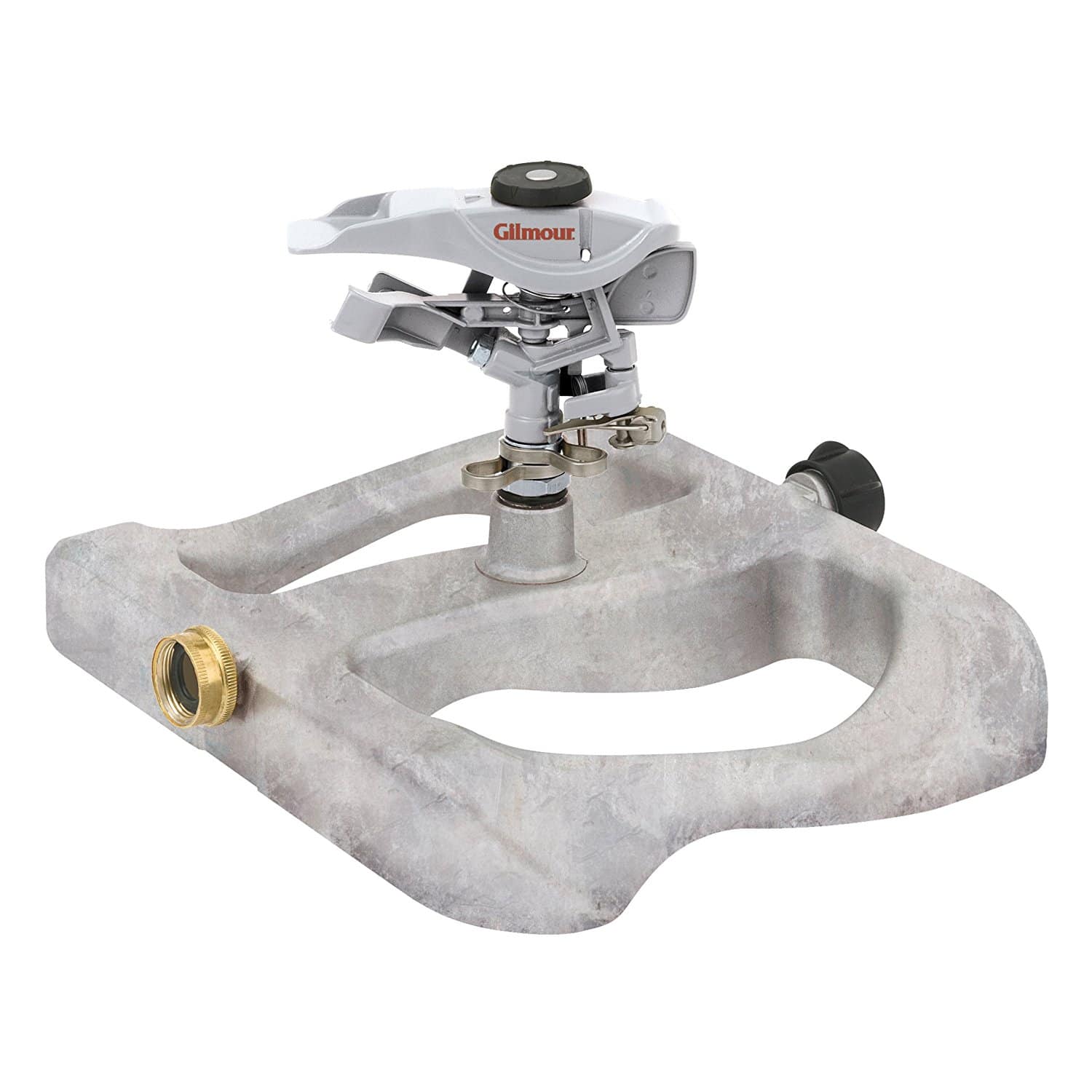Have you ever wondered what a tiny mustard seed can grow into? Prepare to be amazed by the journey of this remarkable plant. Mustard seeds, although small in size, have the potential for incredible growth and transformation. From their humble beginnings, mustard seeds go through a remarkable journey to become the beautiful and versatile mustard plant.
Mustard is an ancient plant that has been cultivated for centuries. It is easy to grow and can produce seeds in as few as 60 days. This hardy plant can thrive in various conditions and is rarely bothered by pests. Its resilience and adaptability make it a popular choice for gardeners and farmers alike.
Despite their small size, mustard seeds are full of spunk and flavor. They can be used to make a variety of pungent mustards and add a distinctive taste to any savory food. In addition to their culinary uses, mustard plants offer numerous benefits in agricultural settings. As a cover crop, they help enhance soil fertility by releasing nitrogen and attracting beneficial predators.
But the wonders of the mustard seed don’t end there. These tiny seeds are also packed with nutritional value. Mustard seeds contain no cholesterol, trace amounts of vegetable fat, and approximately 25 percent protein. They are rich in essential nutrients such as calcium, phosphorus, magnesium, and Vitamin B. Incorporating mustard into your diet can provide a flavorful and nourishing boost.
There are different varieties of mustard, each with its own unique uses and flavors. The three main types are black, white, and brown mustard. These varieties offer a range of options for culinary exploration and experimentation.
Whether you choose to grow mustard in your garden or simply enjoy its culinary delights, this humble seed has a remarkable journey and transformation to offer. From a small seed to a vibrant plant, mustard represents growth, resilience, and the potential for greatness. So, next time you come across a mustard seed, remember the incredible journey it can undertake, and savor the flavors and symbolism it brings to your table.
Mustard Seed Nutrition and Culinary Uses
Mustard seeds are small round seeds that come from various mustard plants. They are an important spice in many regional foods and can come in yellow, black, or brown varieties. Mustard seeds are rich in nutrients, making them not only flavorful but also beneficial for your health.
Let’s take a closer look at the nutritional value of mustard seeds:
- Carbohydrates: Mustard seeds provide a good source of energy due to their carbohydrate content.
- Protein: These tiny seeds pack a punch when it comes to protein, making them a great choice for vegetarians and vegans.
- Vitamins: Mustard seeds are rich in various vitamins, including vitamin A, B1, B2, B3, B6, B9, B12, C, E, and K. These vitamins play a vital role in supporting overall health and well-being.
- Minerals: Mustard seeds are also a good source of minerals like calcium, iron, magnesium, phosphorus, potassium, sodium, and zinc. These minerals are essential for proper body function.
Due to their unique flavor and versatility, mustard seeds are widely used in various culinary dishes around the world. Let’s explore some of their culinary uses:
- South Asian Cuisine: In South Asian cuisine, mustard seeds are often fried until they pop. They add a distinct flavor to dishes like fish curries and pickles.
- Spices and Condiments: In North America, mustard seeds are commonly used in the production of spices and condiments. Yellow mustard, made from ground mustard seeds, is a popular condiment, adding tangy flavor to sandwiches and other dishes.
- Prepared Mustard: Mustard seeds are ground into a powder and mixed with other ingredients to create prepared mustard. It takes approximately 1,000 seeds to manufacture just 8 oz of mustard.
Aside from their culinary uses, mustard seeds also have additional benefits. They can be used as a natural soil amendment in other crops for disease management.
In conclusion, mustard seeds are not only flavorful but also packed with nutritional benefits. Their culinary uses span various cuisines, from South Asian dishes to classic condiments. Incorporating mustard seeds into your meals can be a simple and delicious way to enhance the taste and nutritional value of your food.
Symbolism and Significance of the Mustard Seed
The mustard seed carries profound symbolism and significance within various cultural and religious traditions. In the Bible, Jesus shares the Parable of the Mustard Seed, utilizing it as a powerful metaphor for faith and the Kingdom of God. While the mustard seed starts as a small seed, it grows into a sturdy tree, providing shelter for birds. This parable highlights the remarkable growth and transformative impact of the Kingdom of Heaven.
Notably, the mustard seed’s symbolism extends beyond Christianity. It is also mentioned in the Quran and holds significance in Hinduism and Buddhism. The mustard plant’s invasive nature and tendency to transgress boundaries make it a controversial choice for teaching, possibly representing Gentiles or common people who do not strictly adhere to the law. This symbolism of the mustard seed embodies the transformative power that arises from humble beginnings and showcases the glory of God.
When exploring the mustard seed’s significance, it is essential to consider its connection to other biblical references to trees and vines. These references further emphasize the fulfillment of Messianic prophecies and the abundant growth that originates from a small seed. The mustard plant challenges us to engage in profound contemplation about the ways in which God operates in the world. It offers ample food for thought and reflection, encouraging us to embrace the potential within ourselves and the world around us.
Can A Cultivator Be Used to Grow Mustard Seeds?
Yes, a cultivator can be used to grow mustard seeds. The uses of cultivator include preparing the soil by loosening it and removing weeds, making it an ideal tool for planting and growing different types of crops, including mustard seeds. Its tillage action helps create a suitable environment for mustard seed growth.










